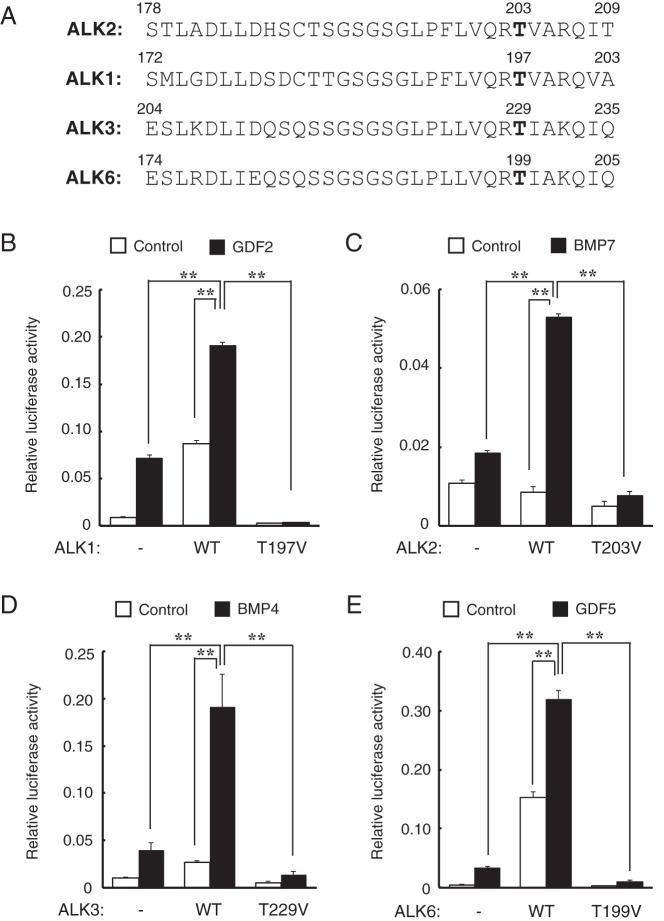Figure 8. The Thr residue at position 203 in ALK2 is conserved among BMP type I receptors, and these conserved Thr residues are crucial for ligand-induced signal transduction.
A, Alignment of the GS domains of BMP type I receptors human ALK2, murine ALK1, ALK3, and ALK6. The Thr residue at position 203 in ALK2 is conserved in all of the receptors; these residues are mutated to the Val residues in ALK1(T197V), ALK3(T229V), and ALK6(T199V). B–E, Effect of substitution mutations at positions of the conserved BMP type I receptor Thr residues on ligand-induced signaling. HEK 293A cells were cotransfected with WT or mutant type I receptors [T197V, T203V, T229V, and T199V in murine ALK1 (B), human ALK2 (C), murine ALK3 (D), and murine ALK6 (E), respectively] and a BMP-specific Id1WT4F-luc reporter plasmid. The cells were stimulated with 1.0 ng/mL GDF2/BMP9 (B), 10 ng/mL BMP7 (C), 10 ng/mL BMP4 (D) or 10 ng/mL GDF5 (E). Luciferase activity was measured on day 1. The data are expressed as the mean ± SD (n = 3). *, P < .05; **, P < .01 (ANOVA).

